Content by David Kringen
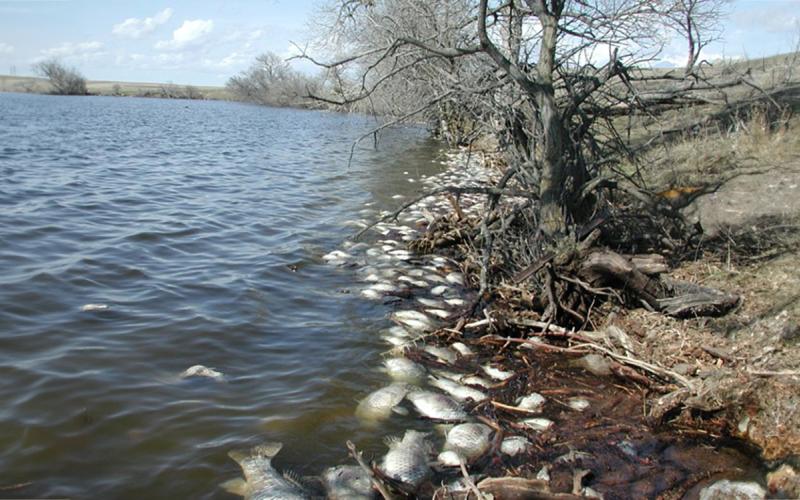
The Most-Common Cause of Fish Kills in South Dakota
There are many ways for fish kills to occur in freshwater lakes, but the most-common cause by far is dissolved oxygen depletion. Learn about some of the seasonal and environmental factors that can lead to oxygen depletion.
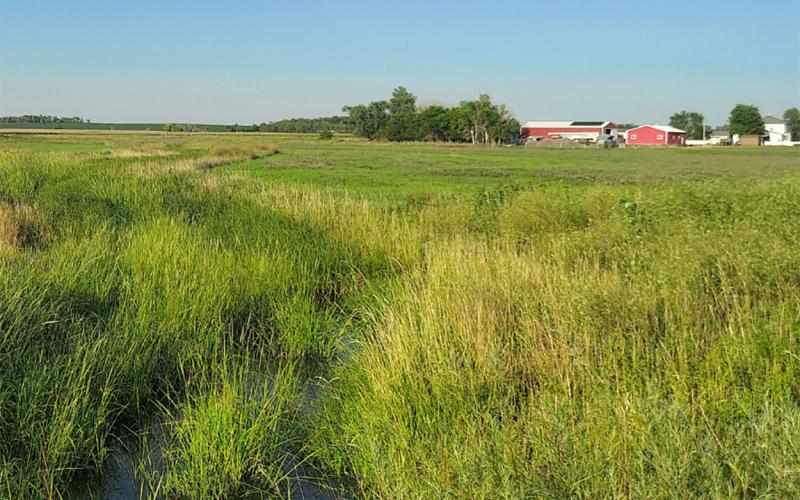
2023 Marks the 10-Year Anniversary of the Seasonal Riparian Area Management Program
The Seasonal Riparian Area Management program has partnered with landowners to maintain healthy riparian areas to address common water resource concerns and improve water quality in streams, rivers, and lakes within the Big Sioux River watershed.

SDSU Hosts South Dakota Aquatic Invasive Species Citizen Monitoring Workshop
On August 10, 2023, the South Dakota Lakes and Streams Association, in conjunction with SDSU Extension, and the University of Minnesota held the inaugural South Dakota Aquatic Invasive Species Citizen Monitoring Workshop.
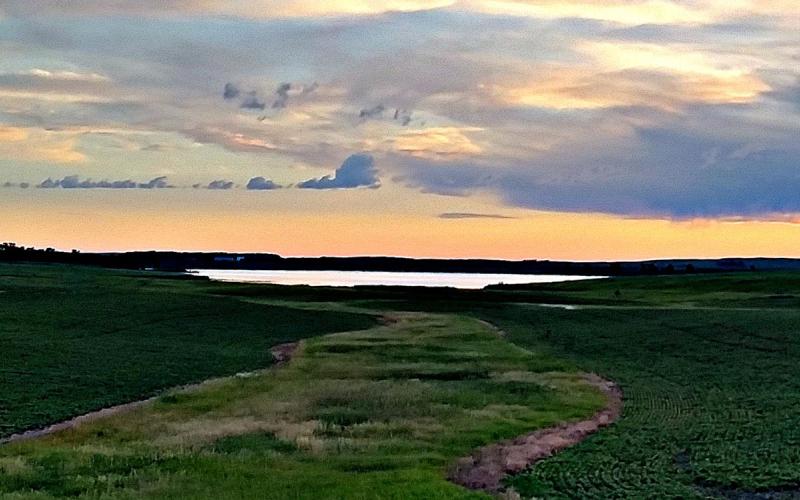
Watershed Disturbances and Change
Watersheds play a critical role in supporting our environment, economy and quality of life. Learn how natural and man-made disturbances can impact their overall health.

What is the “a” in Chlorophyll-a?
Have you ever heard the term "chlorophyll a" used in reference to a lake's blue-green algae content? From type "a" to type "f," learn how different types of chlorophyll impact lakes and aquatic environments.
Saturated Buffer for South Dakota
Saturated buffer fact sheet for producers, tile drainage contractors, conservation professionals, other ag professionals.
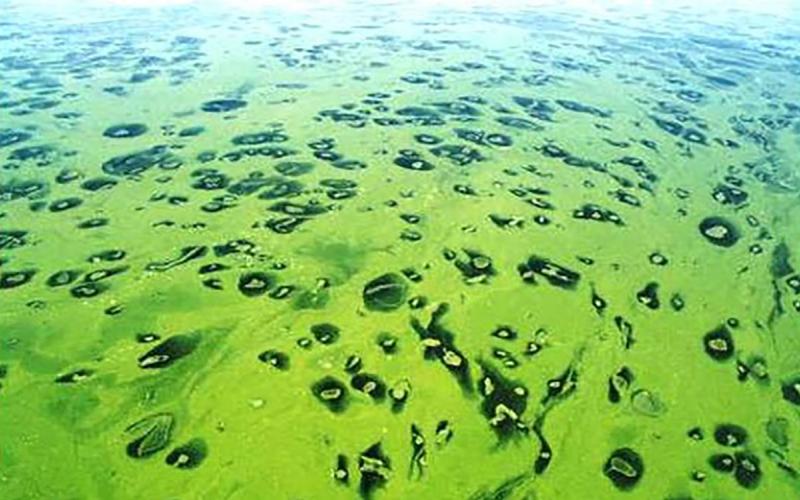
Liebig’s Law of the Minimum and Phosphorus in South Dakota Surface Waters
Too much phosphorus in water can lead to increased growth of aquatic plants, algae blooms and fish kills. Learn about some recent research investigating the impact of phosphorus runoff on South Dakota's water resources.

Urban Stormwater Systems and Leaf Litter
Leaf litter can be a significant source of organic debris to urban stormwater systems during fall rain, which can mean nutrient spikes in the receiving bodies of water. Learn some expert tips for managing leaf litter this fall.
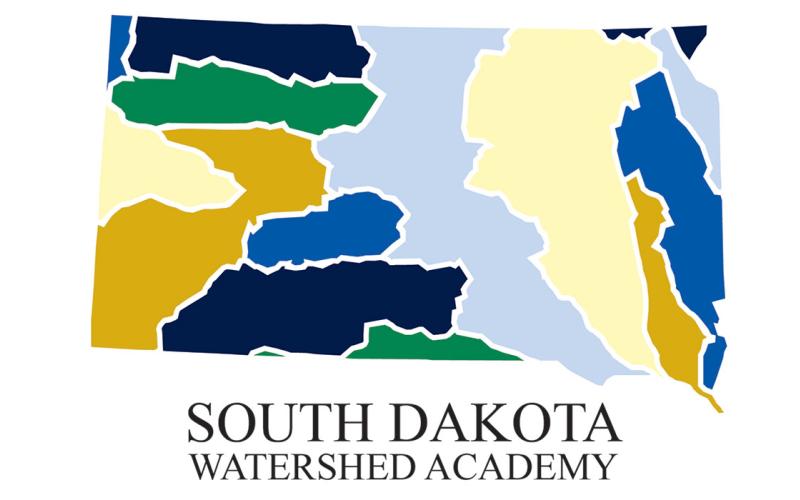
SDSU Extension Hosts First South Dakota Watershed Academy
SDSU Extension recently hosted the South Dakota Watershed Academy at the Oak Lake Field Station. The workshop was designed and organized in consultation with USDA Natural Resources Conservation Service to provide information on water resources regulation and monitoring.
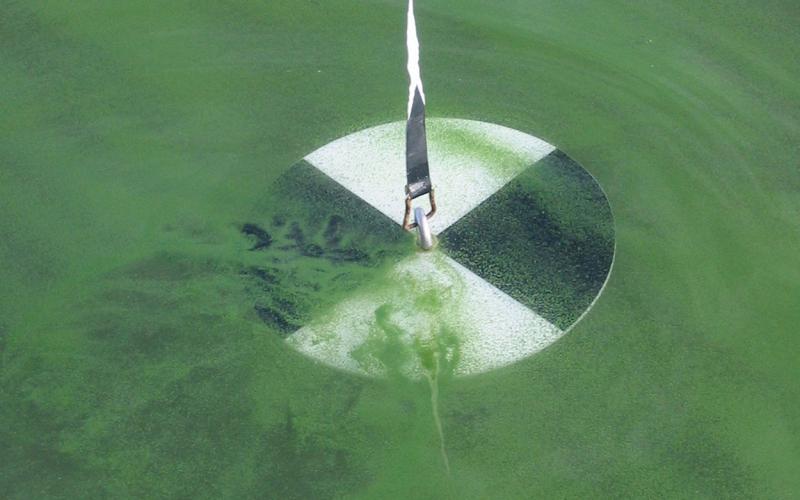
The Trophic State Index
The Trophic State Index is a means for lake professionals and volunteers alike to numerically measure the productivity of a natural lake or man-made reservoir. Learn how it's used in South Dakota to survey the condition of our water resources.